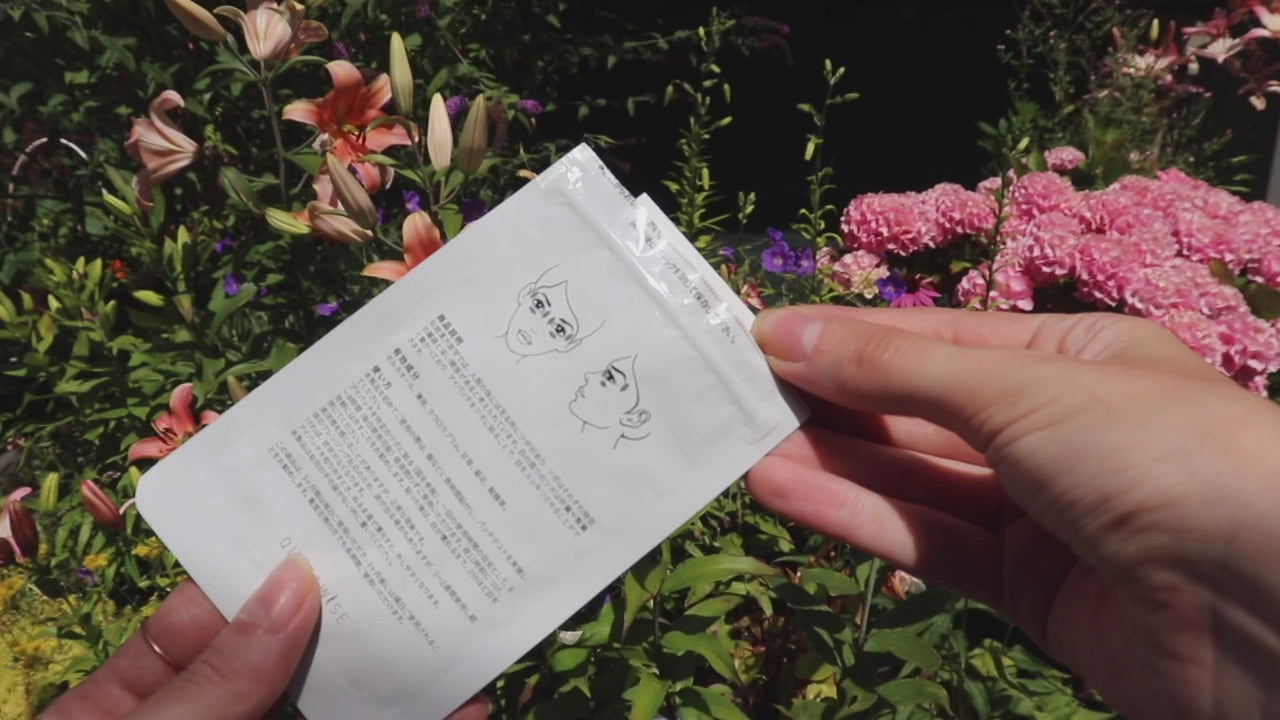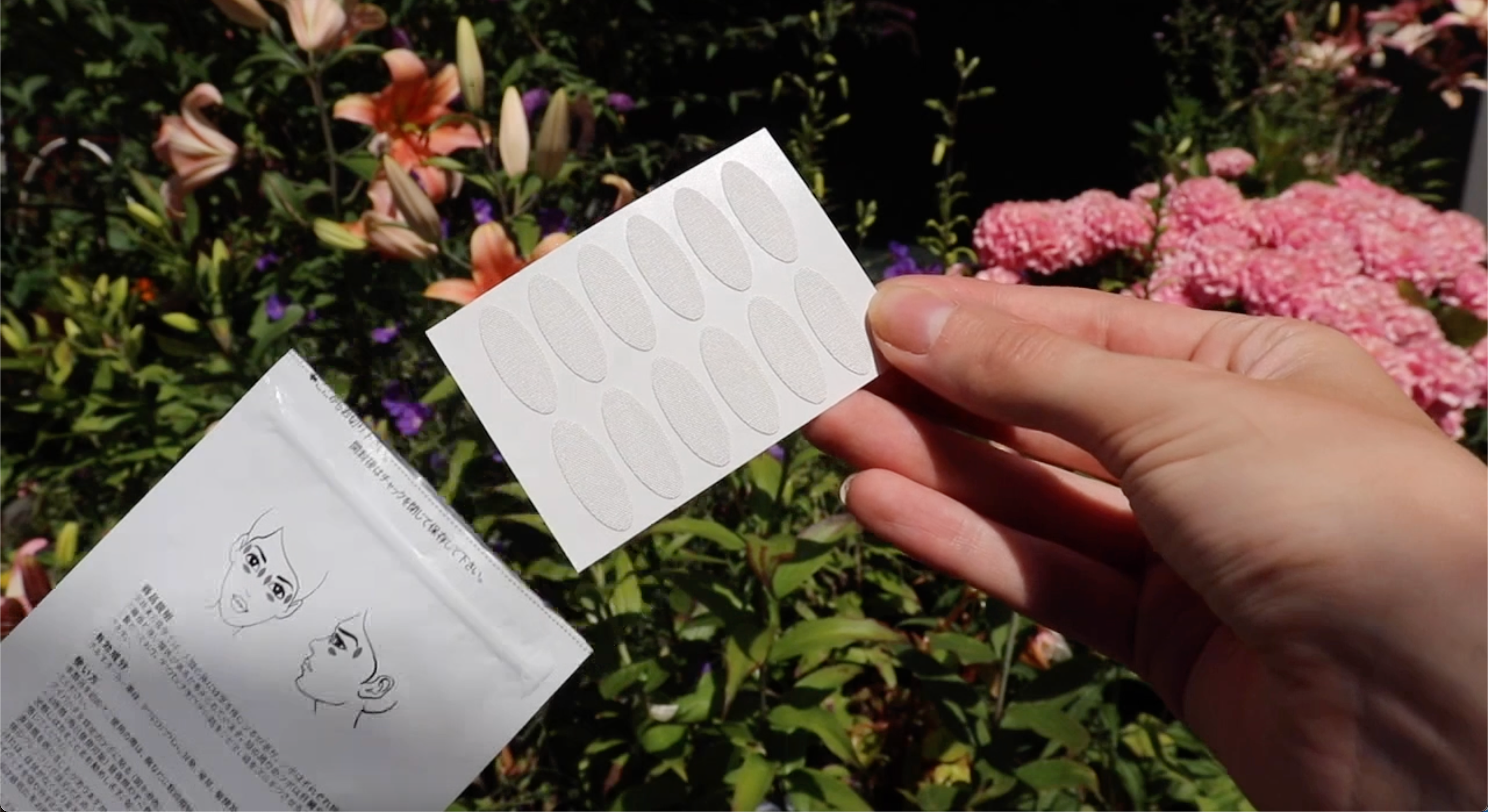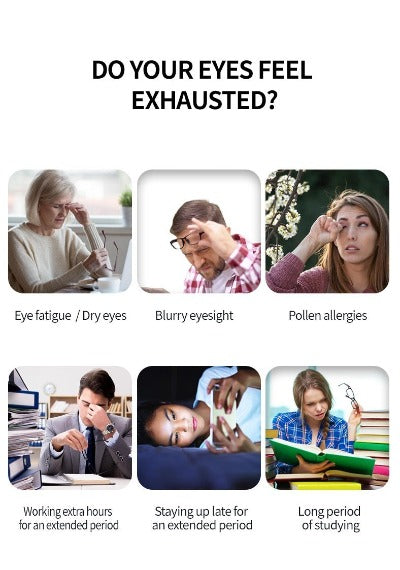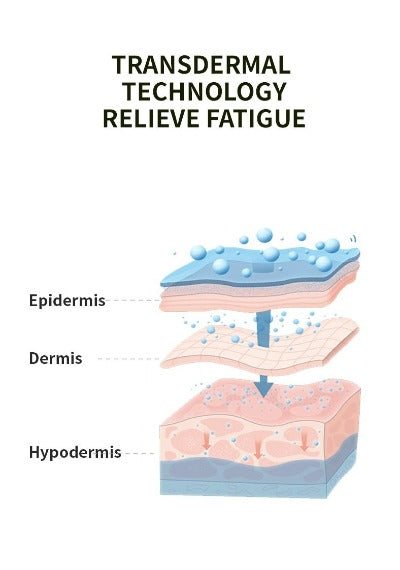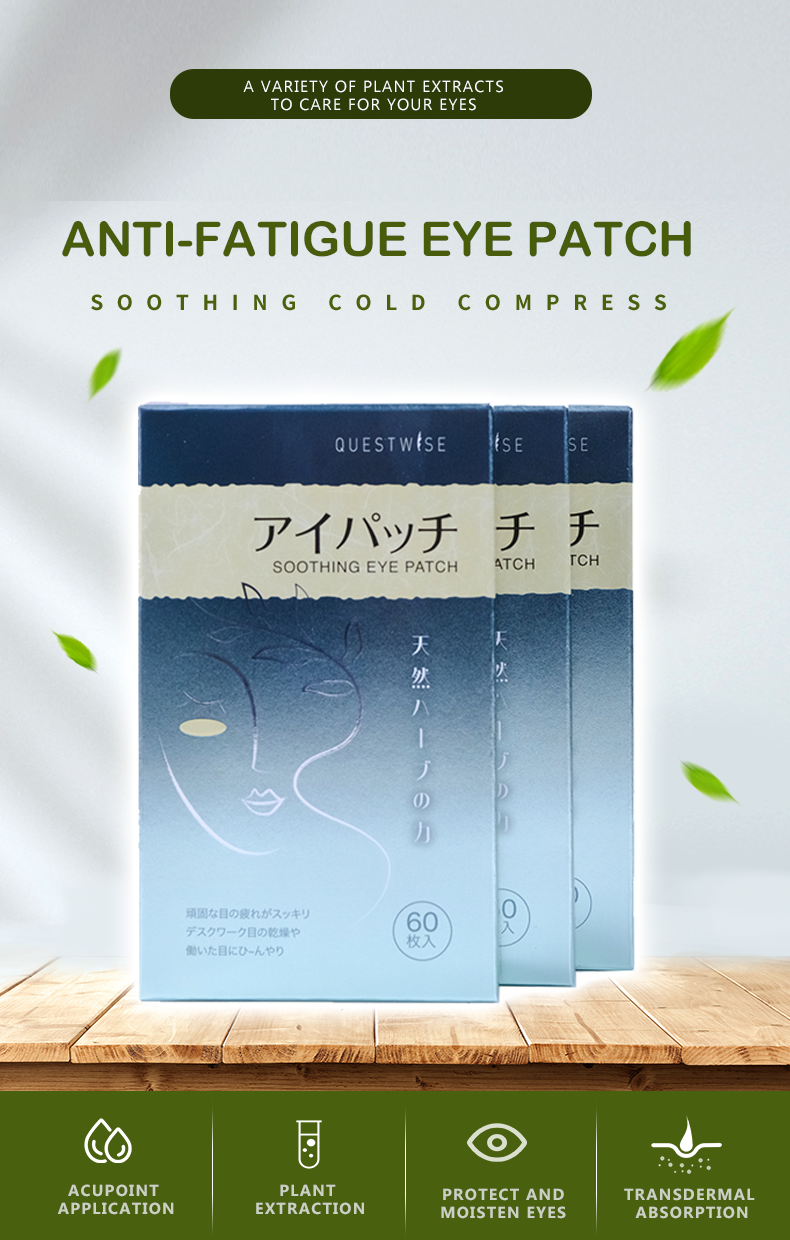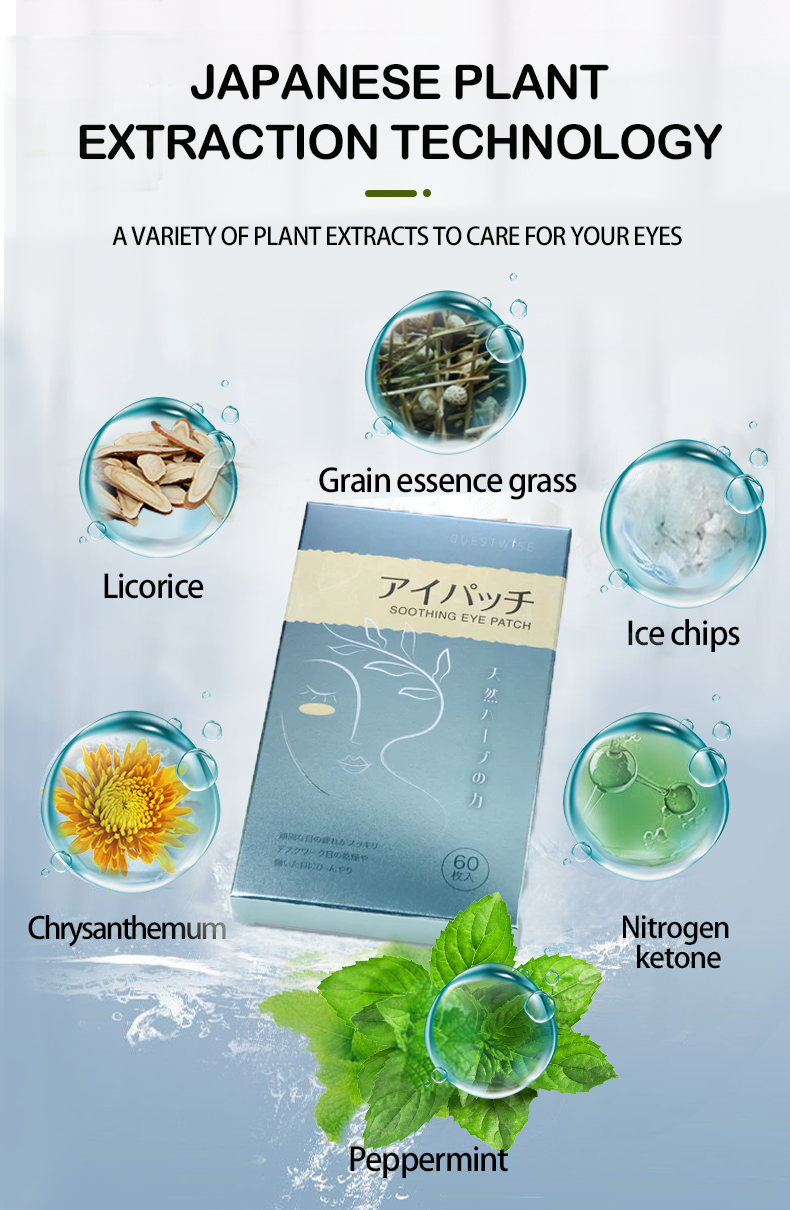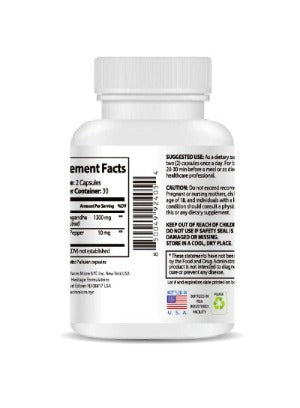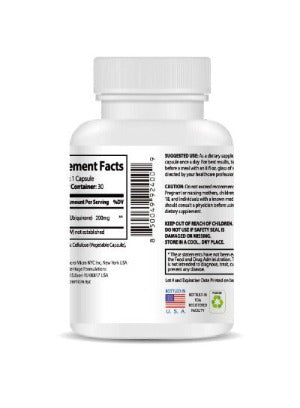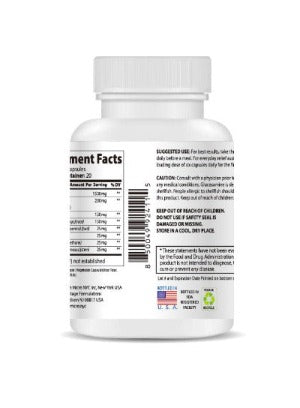Conquer the Itch: Your Ultimate Guide to Pollen Eye Allergy Relief in 2025
Spring's arrival brings not only the beauty of blooming flowers and warmer weather but also a common nemesis for many: pollen eye allergies. That persistent itch, the redness, the constant watery eyes – these symptoms can significantly impact your quality of life, turning even the simplest outdoor activities into an ordeal. In 2025, understanding and managing pollen eye allergies is more crucial than ever, given the impact of climate change on pollen seasons, making them longer and more intense. This comprehensive guide dives deep into the causes, symptoms, and most effective relief strategies, equipping you with the knowledge and tools to reclaim your spring comfort.
Understanding the Science Behind Pollen Eye Allergies
Pollen eye allergies, also known as allergic conjunctivitis, are triggered by pollen grains released by plants like trees, grasses, and weeds. These tiny particles, when inhaled or coming into contact with the eyes, are recognized as foreign invaders by your immune system. Your body's defense mechanism springs into action, releasing histamine and other inflammatory chemicals. This inflammatory response causes the characteristic symptoms: intense itching, redness, swelling, watery eyes, and sometimes even eyelid crusting. The severity of your symptoms depends on several factors including the type and amount of pollen in the air, your individual sensitivity, and any pre-existing eye conditions.
Unveiling the Culprits: Causes of Pollen Eye Itch in 2025
While pollen is the primary trigger, many factors influence the severity and frequency of your pollen eye allergies:
- Pollen Type and Concentration: Different pollen types vary greatly in their allergenic potential. Tree pollen, for example, is often a significant trigger in early spring, followed by grass pollen in late spring and summer, and weed pollen in late summer and fall. In 2025, climate change is influencing pollen seasons, leading to increased pollen production and longer pollen seasons in many regions. Higher pollen counts translate to more intense allergic reactions.
- Pre-existing Eye Conditions: Individuals with pre-existing conditions such as dry eye syndrome or blepharitis are often more susceptible to pollen allergies. A compromised ocular surface is more vulnerable to irritation from pollen.
- Genetic Predisposition: A family history of allergies, particularly hay fever or allergic rhinitis, increases your risk of developing pollen allergies. Genetic factors influence your immune system's response to allergens.
- Environmental Factors: Air pollution exacerbates pollen allergies. Pollutants increase inflammation in the eyes, making symptoms worse. This interaction is particularly significant in urban areas with high levels of air pollution and high pollen counts.
- Lifestyle Choices: Prolonged outdoor exposure during peak pollen hours significantly increases your risk of exposure. Not only does this lead to greater contact with pollen, but it can also lead to dry eyes, further intensifying the effects of pollen allergens.
Quick Relief Strategies: Soothing Your Itchy Eyes Now
While total avoidance of pollen is often impossible, several strategies provide immediate relief:
- Over-the-Counter (OTC) Medications: Antihistamine eye drops are highly effective in relieving itching, redness, and watering. Oral antihistamines can also provide systemic relief, though they may cause drowsiness. Always follow the instructions on the product label and consult a pharmacist or doctor for personalized recommendations.
- Cold Compresses: Applying a cool, clean compress to your closed eyelids can soothe irritation and reduce swelling. The cold helps to constrict blood vessels, reducing inflammation and providing temporary relief.
- Artificial Tears: Lubricating eye drops can help wash away pollen particles and alleviate dryness, which is often a contributing factor to discomfort. Look for preservative-free options to minimize potential irritation.
- Gentle Eye Cleansing: Regularly cleansing your eyelids with a warm, damp washcloth can remove pollen and other debris, reducing inflammation. Always be gentle to avoid further irritation.
-
Wise Quest Soothing Eye Patches: For a natural and soothing approach, consider the Wise Quest Soothing Eye Patches - 3-Month Wellness Pack. These patches harness the power of traditional Chinese herbal medicine to relieve eye fatigue, dryness, redness, and swelling. They gently promote healthy blood circulation, targeting the root causes of eye discomfort.

Long-Term Management: Building a Year-Round Allergy Plan
For those with persistent or severe pollen allergies, a proactive, year-round approach is crucial:
- Allergy Testing: Consult an allergist for comprehensive allergy testing. This helps identify the specific allergens triggering your reactions, allowing for more targeted treatment strategies.
- Immunotherapy (Allergy Shots): Immunotherapy involves gradually exposing your immune system to increasing doses of allergens, building tolerance over time. This can significantly reduce allergy symptoms in the long term, offering lasting relief from pollen allergies.
- Lifestyle Modifications: Reduce pollen exposure by staying indoors during peak pollen hours (typically early morning and late afternoon), particularly on windy days. Use air conditioning and HEPA filters to minimize indoor pollen levels. Change your clothes and wash your hair after spending time outdoors to prevent pollen from accumulating.
- Consistent Eye Care: Develop a consistent eye care routine, including regular eyelid cleansing, using artificial tears as needed, and avoiding rubbing your eyes.
- Regular Check-ups: Schedule regular check-ups with your eye doctor or allergist to monitor your condition and adjust your treatment plan as needed. Regular monitoring ensures early intervention if complications arise.
- Strategic Use of Wise Quest Eye Patches: Incorporate the Wise Quest Soothing Eye Patches - 3-Month Wellness Pack into your daily or weekly routine as a preventative measure, especially during peak pollen seasons. Their soothing properties can help maintain eye health and reduce inflammation, even before symptoms arise.
Advanced Strategies for Severe Cases
For individuals with severe pollen allergies that significantly impact their daily lives, additional strategies may be necessary:
- Prescription Medications: Your allergist may prescribe stronger antihistamines or mast cell stabilizers to manage severe symptoms. These medications provide more potent relief than OTC options.
- Corticosteroid Eye Drops: For intense inflammation, corticosteroid eye drops may be prescribed. These powerful anti-inflammatory medications can quickly reduce swelling and itching, though they are typically used for shorter durations to minimize potential side effects.
- Oral Corticosteroids: In severe cases, your doctor might prescribe oral corticosteroids to manage widespread inflammation. These are usually reserved for short-term use to minimize potential side effects.
Conclusion: Reclaiming Your Spring in 2025
Pollen eye allergies don't have to control your life. By understanding their causes, employing effective relief strategies, and adopting a proactive long-term management plan, you can significantly reduce symptoms and enjoy spring to the fullest. Remember to consider the Wise Quest Soothing Eye Patches - 3-Month Wellness Pack as a valuable addition to your arsenal for natural and effective relief. Don't hesitate to seek professional guidance from your doctor or allergist to create a personalized plan that fits your specific needs and ensures a comfortable spring season in 2025 and beyond.



